American highway systems make driving anywhere in the country a possibility if you've got the time and money. Whether you're wanting to travel to visit family, vacation somewhere specific, or see where the road takes you, you've probably wondered how much it costs to drive across America. We've done the research to provide you a reasonable idea of how much it costs, what factors affect that cost, and what to expect, so you can make an informed decision about your travel plans.
Road trips across America can vary in price quite a lot depending on the decisions you make. Where you stay, what you eat, what you drive, and how far you're going can all impact the cost of your trip. To give a better idea of overall costs, we will be breaking down the cost to travel per day, instead of per trip. All of these prices can vary depending on the choices you make along the way and how many people are traveling with you. Unexpected expenses or savings can come up along the way as well. Here are the largest factors per day:
- Accommodations for sleep: $50-$300+
- Fuel: $100-$200
- Food and Drinks: $20-$50
- Attraction Funds: $0-$100
- Total cost per day: $170-$600+
Now you should have some idea about the cost to travel per day. We encourage you to continue reading to get a full picture of road trip costs. We will go further into detail about the above costs and answer other common questions about road trips.
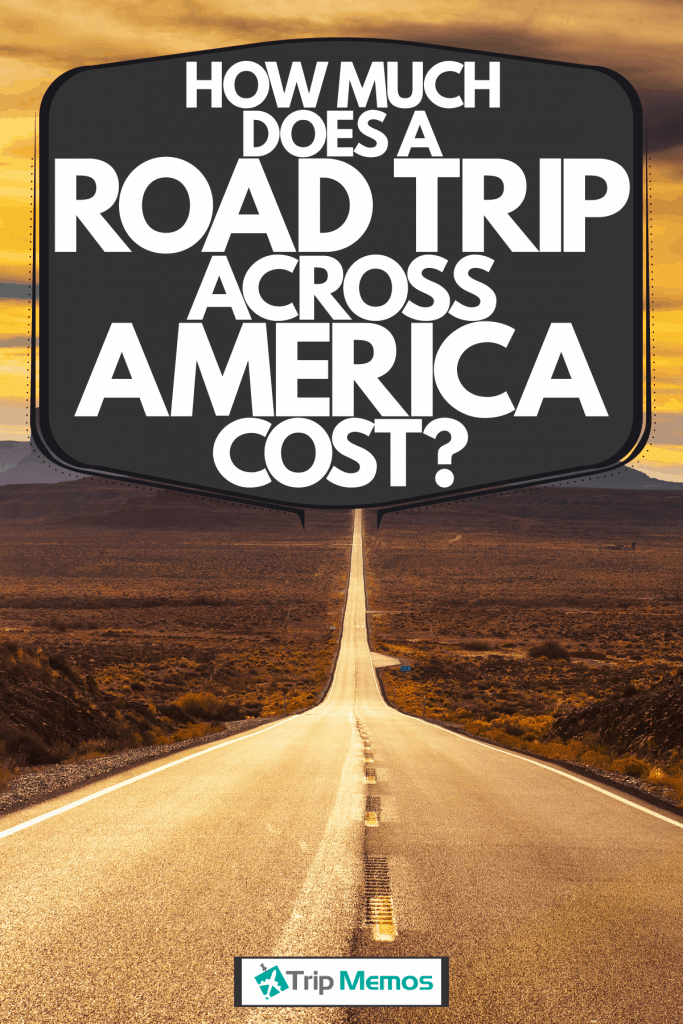
Road Trip Costs
We've already discussed that the choices you make on your trip can cause prices to vary quite a bit, but we'll be better explaining the above cost breakdown and other factors in this section.
Big Factors to Consider
Road Trip Length
One big factor that influences the overall cost of trips but isn't a direct cost is the length of your trip. We broke down the cost per day, but America is huge. A road trip from one coast to the other takes quite a few days, while a few states over could only take a day or two.
Drive Time
Drive time each day can change factors like your fuel cost and how long it takes to reach your destination. A typical driver would want to drive around ten to twelve hours each day, allowing them eight hours to sleep and four to six hours for pit stops and finding accommodations. At normal highway speeds of seventy miles per hour, this allows you to travel between 700 and 840 miles each day.
Doing a little math with your mileage per day and the length of your road trip, you can figure out how many days of travel to expect and your expected cost. For example, traveling the length of Interstate 10 from Jacksonville, Florida to Santa Monica, California, a trip of just over 2,460, would take at least four days.
Accommodations
On long trips over multiple days, you'll need a place to sleep at night. Technically, you can sleep in your car at a rest stop, but this isn't an ideal situation. Hotel and motel prices can vary quite a bit. Sleeping in a higher-end hotel can easily cost over three hundred dollars, while cheaper motels may be under fifty. More people on your trip can decrease the cost of a room. Booking.com can help you out and save you some money if you decide to plan your overnight stops ahead of time.
Choosing where to stay can save you money if you make good choices or find hotel deals and book rooms in advance with an itinerary. Additionally, while an RV costs more in fuel, RV parking is a cheap option for a place to sleep at night. If you enjoy camping, you can camp in a national park or camping area by purchasing a pass for around twenty dollars.
Fuel

A typical car will get around twenty miles per gallon for fuel mileage and has a fifteen-gallon gas tank. You'll need to stop and refuel around every three hundred miles on your trip. To save time, this is a great time to also get snacks, food, and take a restroom break. Having worse or better fuel economy or different size gas tanks can affect the overall cost. You'll need to factor this in using our examples.
Gas prices across the country vary, but at the time of writing, most states have average gas prices between $2.50 and $3.90, with more expensive gas prices on the West Coast and cheaper prices around the Southeast. On a fifteen-gallon tank, you should expect a fill-up to cost between $37 and $59. Per mile, with the above fuel economy, a road trip will cost between $0.12 and $0.19 per mile of your trip. Per day, traveling between 700 and 840 miles adds up to a fuel cost between $84 and $160.
Food and Drinks
Road trips are nothing without snacks! A small trip at the gas station can run under twenty dollars to get you and your traveling partners some drinks, candy, and jerky for the road. You'll also want to stop for a meal along the way. Grabbing cheap fast food options can save you money, but if you stop at steakhouses or landmark restaurants along the way, your food costs balloon.
This is another factor that can vary a ton based on where you choose to get your food and drinks.
Attractions
Dotted across America are small tourist stops with fun times to offer. Whether it's the world's biggest ball of yarn, a famous distillery, or a National Park, there are tons of places to stop and stretch your legs on your trip. Costs can vary, since a theme park ticket costs much more than a National Park pass or a picture by a fifty-foot-tall Paul Bunyan statue.
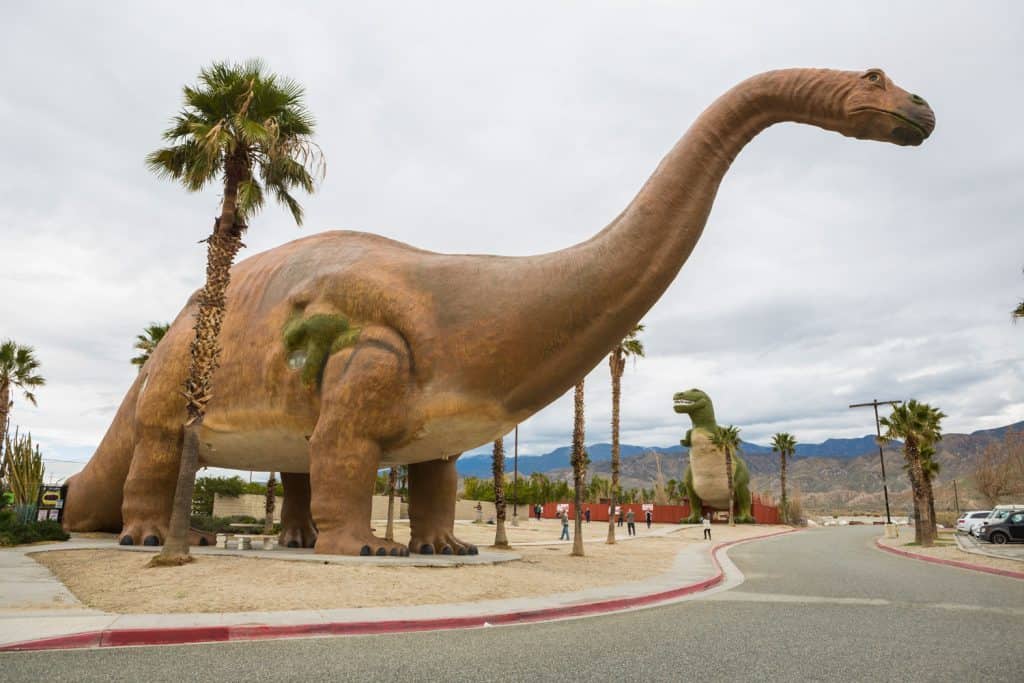
Choosing where you want to stop and do things and what you do is the biggest influencer of the cost of attractions. If you don't stop at any or only go to free attractions, the cost can be absolutely nothing. Also, keep in mind that spending time on your way lengthens your trip and increases the cost of your trip overall.
Car Rentals
You might be tempted to rent a car for your road trips, especially if you're visiting from outside the country. On average, it costs $56 per day to rent a car. You can find cheaper and more expensive deals, but you'll still have to pay for the fuel and bring it back full. Try to find cars with better fuel economy that are comfortable to drive to save money and get you a better experience.
Mileage
Any road trip you go on is going to quickly add mileage to your car. It can be a quick way to devalue your vehicle if it's new, simply because it will have more miles on it. Before leaving, remember to do routine maintenance in advance of your trips, such as oil and filter changes and tire rotations. Small things like this can help you keep from breaking down due to mileage and running into costly repairs along the way.
Other Factors
While we've covered the common and major costs of a road trip, some other things can come into play. While most highways are free to use and well maintained, some roads are not. Toll roads can add small costs to your trip, while construction can slow you down and add hours or even days to your trip depending on the traffic and slowdowns.
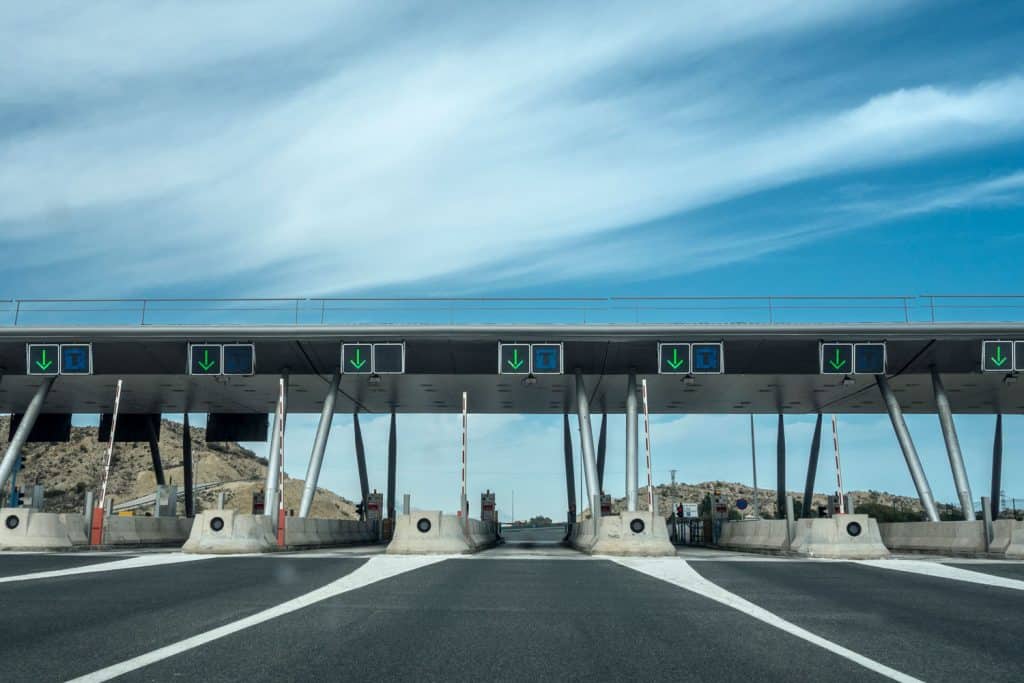
Accidents are common, especially in bigger cities. While you may not be involved, they can block or partially block roadways, causing traffic to back up and take hours to get by. With bad luck, you can lose a lot of time on your trip and end up spending more because of them. It's also possible for your vehicle to break down or a tire to need repair thanks to wearing and road debris. Any vehicle repairs are going to inflate the cost of your trip and slow you down, adding time to your trip.
Losing things along the way like your phone, wallet, or personal items can also increase your cost. It's common to forget or lose small things like phone chargers as well, so assume a small budget to replace items like this on your trip. Some of them can even be built into your snack funds and picked up at gas stations and truck stops.
Many of the costs in the article can be mitigated by your choices or vehicle. Choosing to sleep in your car is not ideal, but can save you money on hotels. RVs give you a place to sleep but cost more in fuel to operate. Speaking of fuel, electric cars can be charged for free at stations around the country and get rid of your fuel cost, but aren't commonly owned as of yet. Making smart choices and planning your trip in advance can save you a lot of money and make your trip more enjoyable.
How long would a road trip around the US take?

Going all the way around the United States would take a long time since the U.S. is absolutely massive. For this example, we will be assuming a trip going across the four corners of the U.S. When you want to figure out a trip, take the entire mileage and assume around 700 miles each day, to determine how long the trip will take. A good way to find the hourly time would be to take the mileage and assume 70 miles per hour.
The trip around the entire country we will assume goes from New York City to Jacksonville, Florida, to Santa Monica, California, to Seattle Washington, and back to New York. The total distance of the trip would be a whopping 7,347.8 miles. If you did drive 700 miles each day, the trip would take over ten traveling days to complete. That doesn't include stop-over days to enjoy any of the sights you'd be passing by along the way.
How much would it cost to travel all 50 states?
First of all, you cannot take a road trip to all fifty states. Hawaii is very far away from the US mainland and in the Pacific Ocean, so at a minimum, you'll need at least one flight, and most likely two to include Alaska. The last example for going around the US takes you through 28 states. For a very estimated example of visiting all of the states, we will double that example and then factor in plane costs.
Doubling the previous example puts you at close to 22 travel days. This starts with at least $4,400 just based on the travel days and estimations of expenses. Including two round-trip plane tickets to get to Hawaii and Alaska would add another $2,000 or so to your trip. In total, you should expect to spend an absolute minimum of $6,400 to visit or drive through all fifty states. If you want to drive instead of fly to Alaska, check out our guide: Driving To Alaska: The Complete Guide (Based On Our Experience).
You of course can do extremely detailed research and find more efficient travel routes and tickets. Also remember that this doesn't include attractions, stopovers, or extra days, only travel days. A true visit to each state where you take your time and visit attractions could easily take months and exceed ten thousand dollars.
What is the cheapest state to visit?
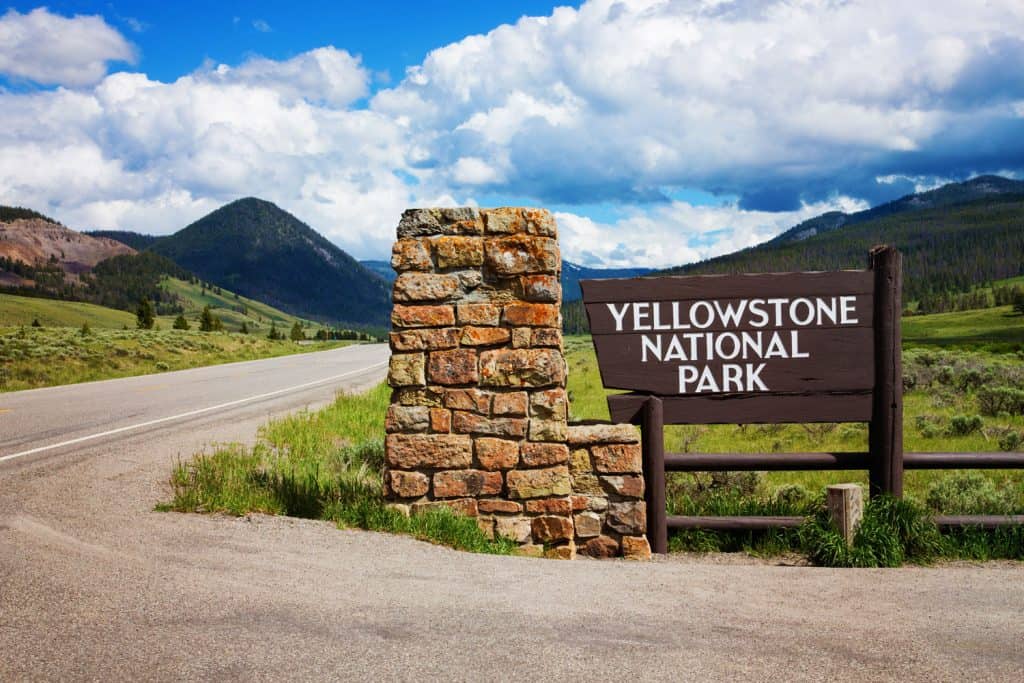
The cheapest states to visit typically include states with cheap cities to visit and good attractions. Yellowstone National Park in Wyoming is one of the best places to visit for camping and nature lovers. If you do decide on visiting Yellowstone, read up on this guide before you go: Top 10 Things To Do In Yellowstone National Park (With Photos).
Albuquerque, New Mexico is a relatively inexpensive town in the Southwest to visit, while you can also visit great beaches in Florida on a budget as well if you avoid population centers and Orlando. We have lots of travel guides on visiting Florida that you can check out, too.
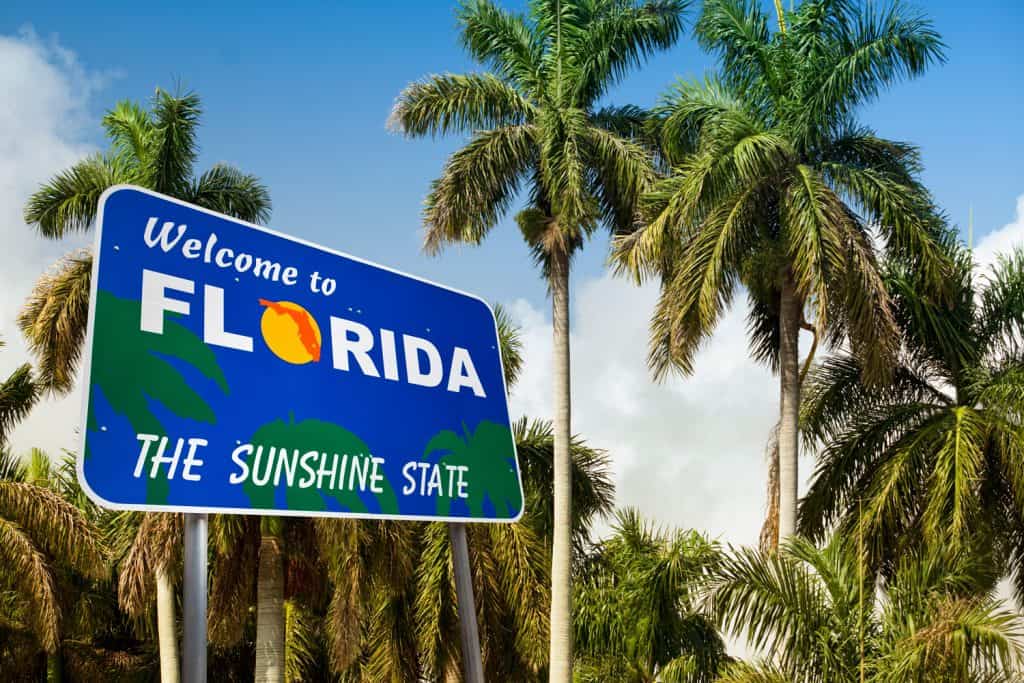
What's the most expensive place to visit?
California is the most expensive state to live in and visit. Apartment and hotel prices are higher than the rest of the country, state taxes inflate prices of goods, and attractions there are rarely cheap. New York and Florida are also considered expensive, but those states depend much on where you visit in them and your choices in activities.
Parting Thoughts
Road trips across America have long been romanticized as great adventures. Due to the sheer size of the country, it can take days to cross it with many sights and attractions to see along the way. After reading this article, you should have a good idea of how much a road trip costs, and how to budget for one in the future. Remember that with careful planning and the right choices, you can spend much less on your trip.
Planning a trip in the US? Check out our article 2 Weeks In The United States [5 Sample Itineraries].

I would love to do a road trip across America!